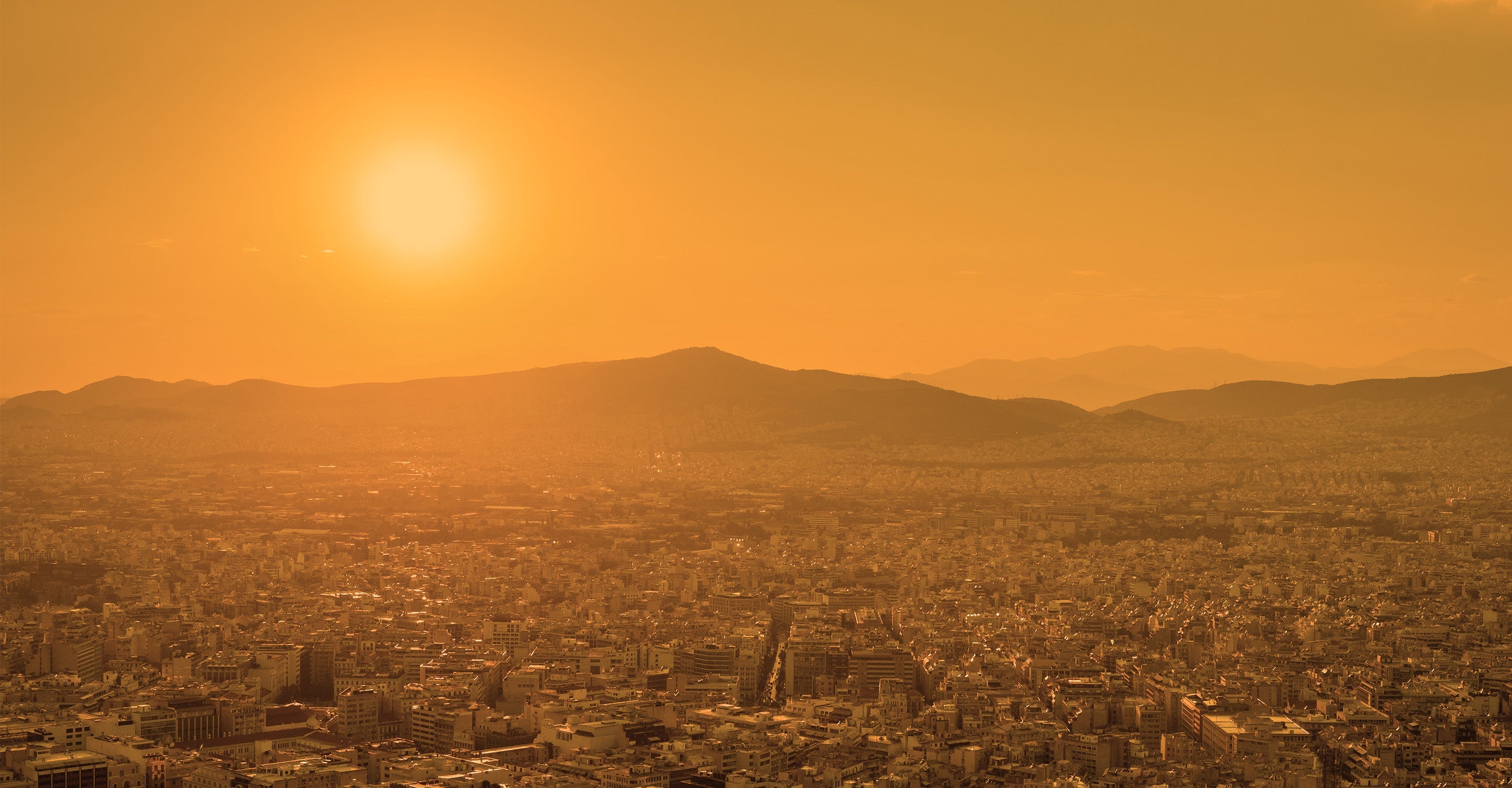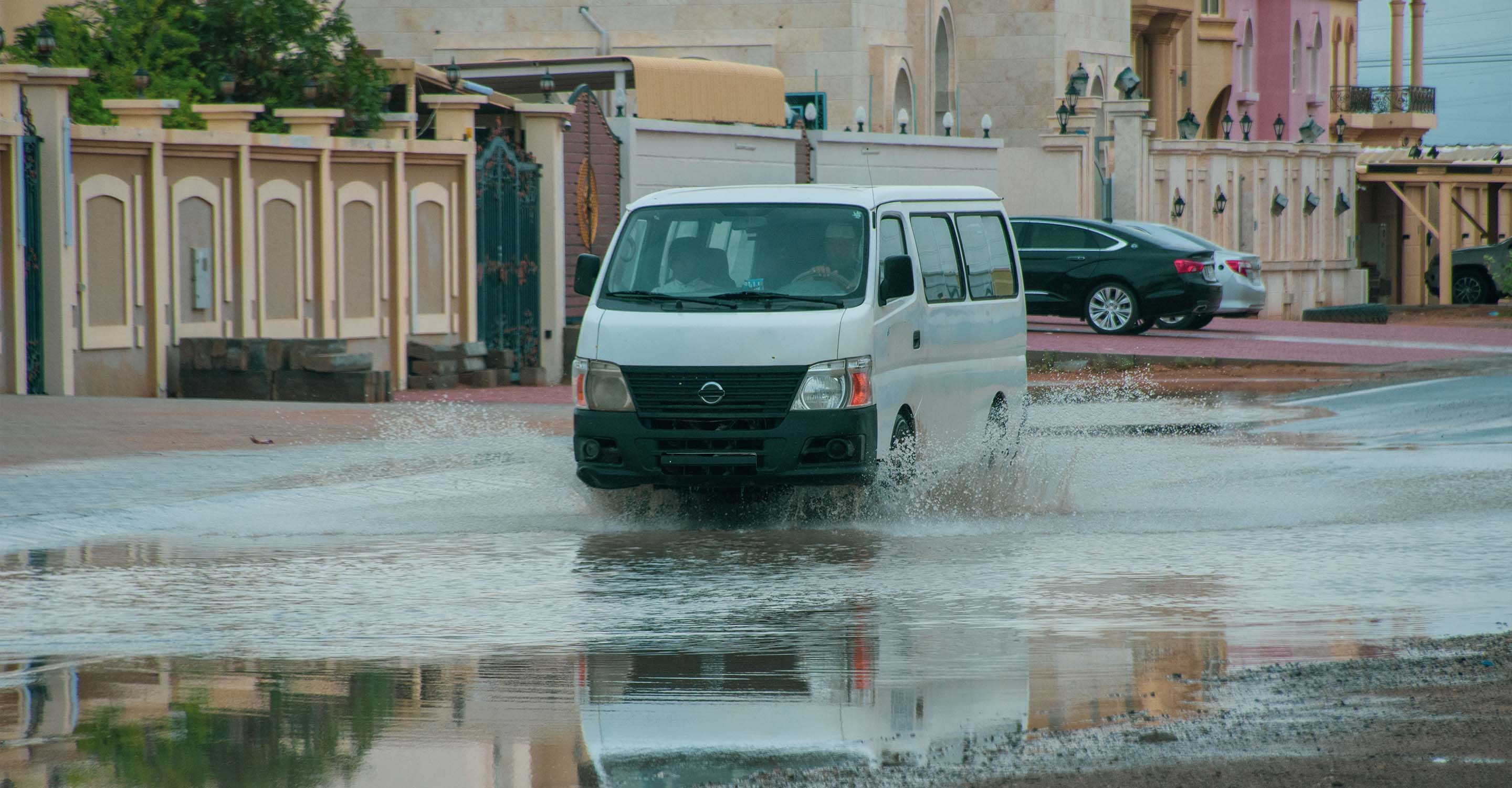Miri air quality map
Live air pollution map of Miri
5.3K people follow this city
Full screen
Contributors
1
Stations
2
Contributors category
1
Government
0
Non-profit organization
0
Educational
0
Corporate
0
Individual
0
Anonymous
community highlight
Miri most followed contributors
Health Recommendations
| Enjoy outdoor activities | |
| Open your windows to bring clean, fresh air indoors GET A MONITOR |
Become a contributor
Get an AirVisual Outdoor and contribute to collecting millions of data points for the Miri map to track local air pollution
Understand air pollution and protect yourself
Miri MAP AIR QUALITY ANALYSIS AND STATISTICS
Is there much information about air quality on the air pollution map for Miri?
The air pollution map for Miri can easily be accessed from the main city page. By clicking on the map icon will open up a new page which is filled with information about the current state of the air in Miri and its environs.
When the map is first opened, the viewer will see an overall colouration of the map. This is a direct indication of the air quality. Colours range from pale green to dark maroon with the darker colours symbolising worsening air quality. Some coloured discs or circles will also be seen which follow the same colour scheme, and they also display a number at their centre. These discs show the location of the ground-level air monitoring stations. Each station can be further explored by selecting the disc which will open a new page which is dedicated to that specific area of the city.
The number on display is the United States Air Quality Index reading or US AQI for short. It is calculated by taking measurements from six of the most prolific air pollutants found in city air. They are usually both sizes of Particulate Matter (PM2.5 and PM10), nitrogen dioxide, sulphur dioxide, carbon monoxide and ozone. Once calculated they are used as a standard when comparing air quality in different places across the globe. It is supported and encouraged by the World Health Organisation (WHO).
Looking back to the main city page, it can be seen that during December 2022 Miri was enjoying a period of “Good” quality air with a US AQI reading of 31. This can be seen in the appropriately coloured banner running across the top of the opening page. The main pollutant was found to be PM2.5 with a recorded level of 7.4 µg/m³ which is one and a half times higher than the target figure of 5 µg/m³ as recommended by the WHO.
Immediately below the air pollution map for Miri can be seen a list of the contributors and the number of stations they control. Currently, Miri has two stations both operated and controlled by the Department of Environment of Malaysia which is a government department.
Is any more interesting information about air quality available on the air pollution map for Miri?
There is more fascinating information about air quality on the air pollution map for Miri, but some of it might remain obscured unless the screen is viewed at maximum size. This is easy to achieve by selecting the full-screen icon at the top of the page.
Once viewed in this way, a list of four options will be seen on the left-hand side of the page. These choices can all be looked at individually and turned on or off to get a full idea of how they change the appearance of the map.
The first option shows the location of the ground-level air monitoring stations which can each be explored individually if desired. Option number two would show the location of any wildfires which might be burning in the vicinity. At the beginning of December 2022, there were no fires reported in the vicinity. If any were detected then option number four needs to be consulted because it would show the speed and direction of the prevailing winds and will give a good indication of where the smoke from the fires may blow.
The third option uses strong colours over the map to show the current air quality. If the viewer finds this use of colour to be too overpowering, then the option can be deactivated and the colours on the map will revert to a more subtle shade which might be easier to understand.
More information can be found over on the right-hand side of the screen where a table will be seen. This table ranks participating world cities according to the air cleanliness of each one. By default, only seven cities are shown, but further exploration is possible by using the full-ranking function to open up a new set of pages with the rest of the cities listed.
Are areas of higher levels of pollution easy to identify on the air pollution map for Miri?
Areas of higher levels of pollution can be identified by looking for the disc with the highest number or darkest colour. Alternatively, scrolling just below the air pollution map for Miri can be found a table which ranks the stations according to their pollution levels. Currently, the station at the head of the table is called “Miri” with a US AQI reading of 37 which is classified as being “Good”.
The following table shows how popular each station is and the number of followers they have. The station at “Miri” also happens to be the most popular with over 2,700 followers.
Can the source of the polluted air be seen on the air quality map for Miri?
The direct source of the polluted air is not directly shown on the air pollution map for Miri, but it is suspected that most of the air pollution can be divided into two, which are mobile sources (motor vehicles) and fixed sources (manufacturing or industrial activities). In addition, it is also caused by other activities such as open burning. Based on the research that has been conducted, it was found that emissions from motor vehicles are the main contributors followed by manufacturing or industrial activities. When we burn oil and coal for example in power plants and emissions from vehicle exhausts, we release millions of tons of sulphur dioxide and nitrogen oxides into the air. These pollutants are spread by the wind and undergo chemical changes to form sulfuric acid and nitric acid which will be returned to the earth as acidic deposits.
The control of emissions resulting from industrial activities is usually controlled by two methods, namely for activities that use petroleum, then they will use petroleum with a low sulphur content. While another method is to use equipment that can reduce the content of air pollutants in the gas that will be released. The use of this denitrification and desulphurisation system can reduce the emission of nitrogen oxides and sulphur oxides.
Control from the vehicle is also done by controlling emissions from the vehicle's exhaust. Most vehicles around the world have catalytic converters installed as part of the exhaust system. The installation of this catalytic converter will allow the properties of pollutants resulting from fuel combustion to be changed before they are released into the atmosphere.
Miri air quality data attribution
1Contributor
 Department of Environment of Malaysia
Department of Environment of Malaysia2 stations
Government Contributor
1 Data source








